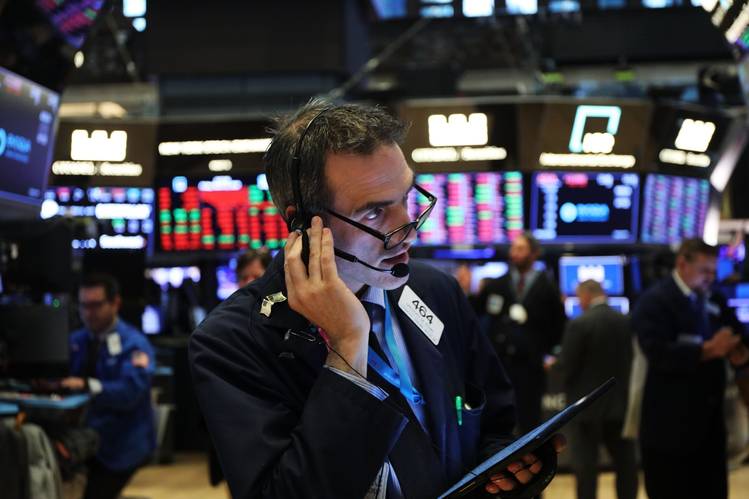Why the stock market is one or two bad economic reports away from a crumble
Just because the market is “protecting up well” at some stage beyond a month or so of dreary change war headlines doesn’t imply everything is pleasant and awesome. The signs are beginning to show that the global economy is cooling down faster than many balding pundits, and increasing stock charge predictors could have investors agree.
Consequently, valuations on stocks are adequately overdue for a big haircut. Not the drip, drip, drip B.S. investors have continued the past month — the S&P 500 and Dow Jones Industrial Average are “most effective” down 3.Eight% and 4.1%, respectively, when you consider that overdue April.
Think 10% nosedive or extra in other phrases, a classic crumble.
“Of course, some humans ought to argue that the S&P 500 holds up very well inside the face of this information [trade, etc.]. Well, this is actual. However, we must also be aware that when the 20% decline started in October, the S&P turned down only 5% after three weeks,” Miller Tabak strategist Matt Maley reminds anybody.
I am supremely placed.
Ignore the signs and symptoms of your threat. Investors entered the put-up Memorial Day long weekend oddly still feeling pretty top. The Dow just capped off its fifth immediate weekly loss, the first time since 2011. Yet, this desire for the marketplace rally will quickly return, and the past-due declines are ordinary, given the uncertainty around the worldwide exchange.
To many, the Federal Reserve is a friend, and the U.S. Jobs market is buzzing along — each serving as an adequate motive for stocks not to stay at the mat for too lengthy.
Going misplaced on this rose-colored glasses backdrop is mounting evidence that the exchange battle is taking its toll on groups around the arena. In turn, economic data and leading areas of the market are worsening.

Some noteworthy points from the warfare trenches:
The flight to safety has persevered — the 10-year Treasury yield is at its lowest since October 2017.
The yield curve inverted again on May 23. Recall from the ultimate year that it is regularly viewed as a reliable recession indicator.
IHS Markit U.S. Manufacturing PMI for May ignored Wall Street estimates and fell month over month. Sentiment amongst manufacturers hit its lowest degree in 9 years.
The April reading on long-lasting goods softened across the board.
Copper costs have been down eight to nine in the past four weeks.
The Dow Transports and small-cap Russell 2000 have underperformed the S&P 500 and Dow the past month.
“It just appears to us that the level of uncertainty has long gone up dramatically over the last three weeks... And this uncertainty isn’t going to calm itself quickly,” Maley contends.
“What surprises us is that, despite these signs and symptoms of a speedy slowdown in U.S. Economic increase and the renewed escalation in change tensions, the S&P 500 has held up relatively well,” says Paul Ashworth at Capital Economics. “If markets are pinning their hopes on a U.S.-China alternate deal next month or the Fed efficaciously saving the day, they will be in for a rude awakening.”




